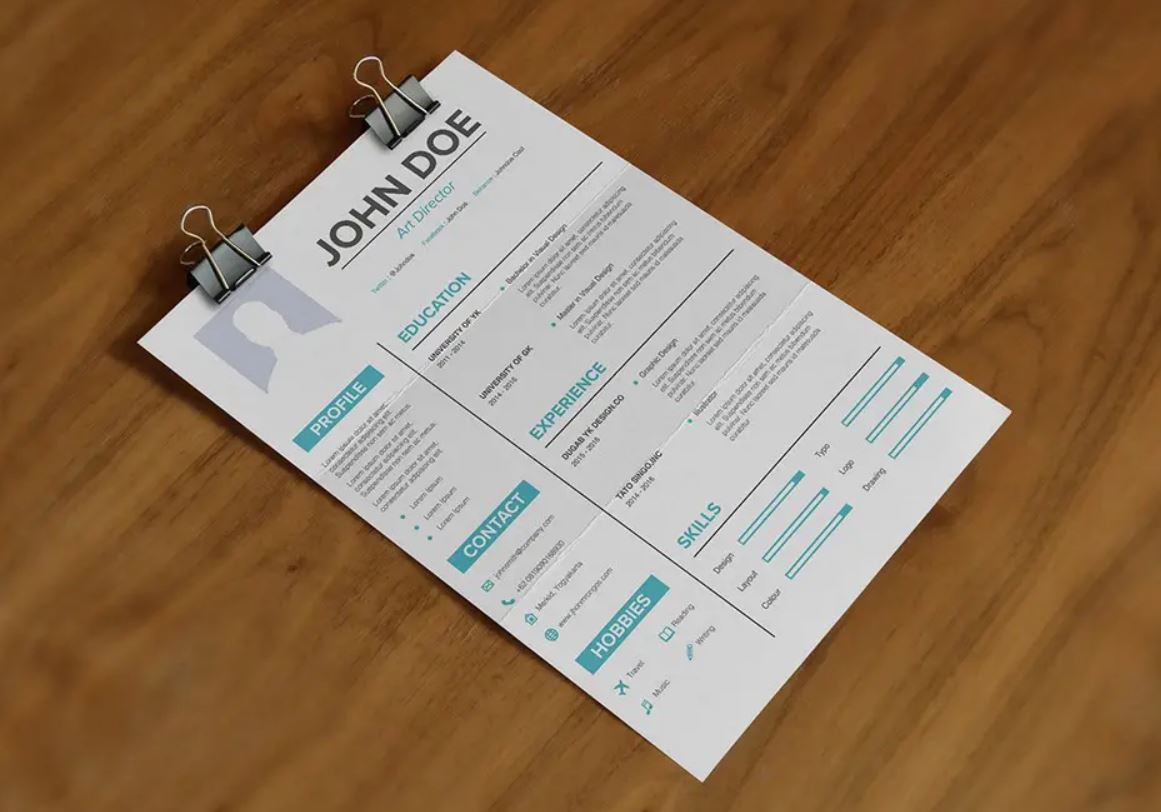When it comes to making a great first impression with your resume, every detail counts—including the paper you print it on. While the digital age has made electronic submissions the norm, having a well-printed, professional-looking resume on hand can set you apart during networking events, job fairs, and in-person interviews. In this blog, we’ll explore the key considerations for choosing the best paper for your resume, including weight, texture, color, and environmental factors.
Understanding Paper Weight
The weight of the paper you choose for your resume can greatly influence how it feels in the hands of a potential employer. Paper weight is measured in pounds (lb) or grams per square meter (gsm). Standard copy paper, which is often used for everyday printing, typically has a weight of 20 lb or 75 gsm. However, this type of paper is too flimsy for a professional resume.
For a more substantial and professional feel, consider using paper that is at least 24 lb or 90 gsm. Many professionals prefer 32 lb or 120 gsm paper for its heft and durability. This weight strikes a balance between sturdiness and ease of handling, ensuring that your resume doesn’t feel too flimsy or overly thick.
Choosing the Right Texture
The texture of your resume paper can also make a significant impact. There are several textures to choose from, each offering a different aesthetic and tactile experience:
- Smooth: This type of paper has a slick, polished finish and is a popular choice for resumes because it allows for crisp, clear printing. It exudes a modern, clean look.
- Linen: Linen-textured paper has a subtle, woven pattern that gives your resume a sophisticated and elegant appearance. It adds a tactile dimension that can make your resume stand out.
- Cotton: Cotton paper is known for its durability and high-quality feel. It often contains a percentage of cotton fibers, making it stronger and more luxurious than standard paper. Cotton paper can be smooth or textured, offering versatility in appearance.
When choosing a texture, consider the industry and role you’re applying for. A creative role might benefit from a more distinctive texture like linen, while a corporate position might be better suited to smooth, professional paper.
Selecting the Perfect Color
While white is the traditional color for resume paper, there are several other hues that can subtly enhance your presentation without being distracting:
- White: A classic choice that conveys professionalism and simplicity. It’s suitable for almost any job application and ensures that your text is highly readable.
- Ivory or Cream: These off-white colors can add a touch of sophistication and warmth to your resume. They’re still neutral enough to be professional but can help your resume stand out from a sea of white papers.
- Gray: Light gray paper can be a good choice if you’re looking to make a subtle statement. It’s unique yet understated, providing a modern look while maintaining professionalism.
Avoid using bright or bold colors for your resume paper, as these can appear unprofessional and distracting. The goal is to choose a color that enhances readability and conveys a polished look.
Environmental Considerations
In today’s eco-conscious world, choosing environmentally friendly paper for your resume can reflect well on your personal values and attention to sustainability. Here are some options to consider:
- Recycled Paper: Look for paper that contains a high percentage of post-consumer recycled content. This type of paper is often of high quality and can have a similar look and feel to non-recycled options.
- FSC-Certified Paper: The Forest Stewardship Council (FSC) certification ensures that the paper comes from responsibly managed forests. Using FSC-certified paper can be a good talking point in interviews, demonstrating your commitment to sustainability.
- Acid-Free Paper: Acid-free paper is more durable and less prone to yellowing over time, which can be important if you plan to keep your resume for future use or archival purposes.
Printing Tips for a Polished Look
Once you’ve chosen the perfect paper, it’s important to ensure your resume looks its best when printed. Here are some tips to achieve a polished and professional result:
- High-Quality Printer: Use a high-quality laser printer or inkjet printer with good resolution capabilities. This ensures that your text and any graphics or logos are sharp and clear.
- Proper Ink: Opt for black ink for a classic, professional look. If you’re using a colored paper like ivory or gray, make sure the contrast is sufficient for easy readability.
- Test Prints: Before printing multiple copies, do a test print to check for any formatting issues, ink smudges, or paper jams. This can save you time and ensure each copy of your resume is flawless.
- Storage and Handling: Store your printed resumes in a folder or portfolio to keep them flat and clean. Avoid folding or creasing them, as this can detract from the professional appearance.
Final Thoughts
Choosing the right paper for your resume writing may seem like a small detail, but it can make a significant difference in how your application is perceived. By paying attention to paper weight, texture, color, and environmental factors, you can ensure your resume stands out for all the right reasons. A well-presented resume not only reflects your professionalism but also shows that you care about making a strong first impression.
In a competitive job market, every advantage counts. So, take the time to select the perfect paper for your resume, and let this be the first step towards landing your dream job. Happy job hunting!


